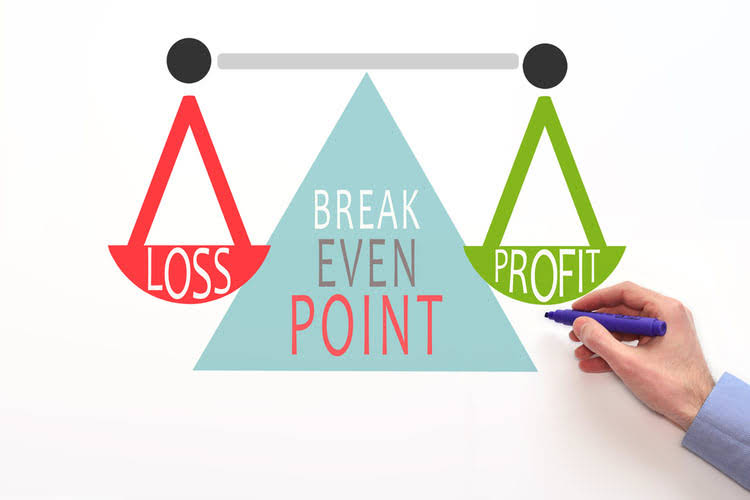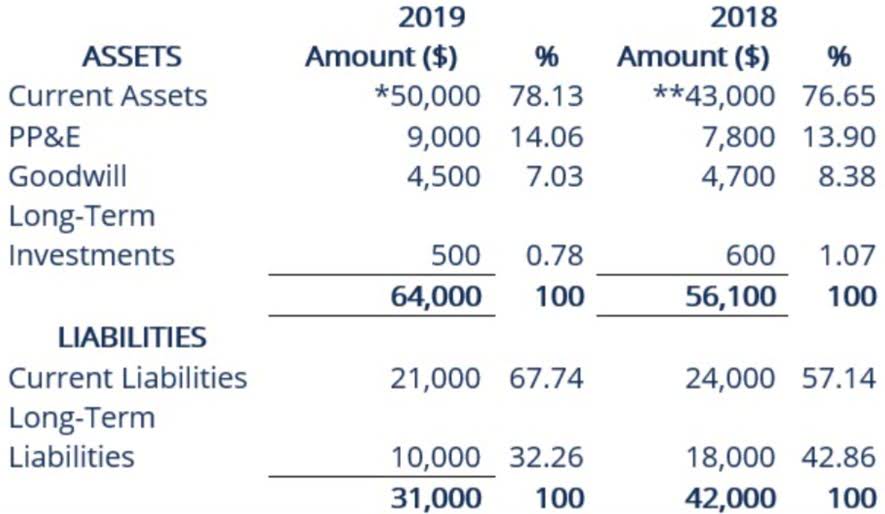Content

They aren’t the simplest of investments, though, and sometimes it can be difficult to know exactly how much your annuity is worth. An annuity table can help with that by allowing you to easily calculate the present value of your annuity. This information allows you to make informed decisions about what steps to take to plan for your retirement.
What is a good NPV and IRR?
If a project’s NPV is above zero, then it’s considered to be financially worthwhile. IRR estimates the profitability of potential investments using a percentage value rather than a dollar amount. Each approach has its own distinct advantages and disadvantages.
In other words, it is a number that can be used to represent the present value of a series of payments. Instead of a standard present value annuity formula that looks like it may take a master’s degree to solve, you can just follow along on a present value annuity factor table .
Various Formula Arrangements
Mr. Credit is happy with his $1,000 monthly payment, but Mr. Cash wants to have the entire amount now. The present value of an annuity is the amount of money we would need now in order to be able to make the payments in the annuity in the future. In other word, the present value is the value now of a future stream of payments. This simplifies the decision-making process for investors and generally makes it easier for you to calculate the present value without having to perform complex calculations.
Note that if you look at the formula bar you will see that the formula is still there. Future Value – This is the value of the annuity at time n (i.e. at the conclusion of the life of the annuity). Payment size is represented as p, pmt, or A; interest rate by i or r; and number of periods by n or t.
4: Present Value Of An Annuity And Installment Payment
Additionally, many business investments consist of both cash inflows and cash outflows. When a business wants to make an investment, one of the main factors in determining whether the investment should be made is to consider its return on investment. Commonly, not only will cash flows be uneven, but some of the cash flows will be received and some will be paid out. An annuity is a series of equal payments in equal time periods. Usually, the time period is 1 year, which is why it is called an annuity, but the time period can be shorter, or even longer.
Where \text[/latex] is the size of the payment (sometimes \text[/latex] or \text[/latex]), \text[/latex] is the interest rate, and \text[/latex] is the number of periods. There are different formulas for annuities due and ordinary annuities because of when the first and last payments occur. There are predictable payments, and paying smaller amounts over multiple periods may be advantageous over paying the whole loan plus interest and fees back at once.
When you multiply this factor by the annuity’s recurring payment amount, the result is the present value of the annuity. Using an annuity table, you will multiply the dollar amount of your recurring payment by the given factor.
Other Methods For Calculating The Present Value Of An Annuity
There is a separate table for the present value of an annuity due, and it will give you the correct factor based on the second formula. An annuity table is a tool used to determine the present value of an annuity.

You can also create a one-input data table by specifying only the row or column input cell, but that wouldn’t suit the purpose here. Your worksheet should now look like the one below, except for the shading in row 10. Traditional annuity tables in most textbooks only work for regular present value of annuity table annuities. With my tables you can instantly change the table from regular annuities to annuities due with only a single click. The first and last payments of an annuity due both occur one period before they would in an ordinary annuity, so they have different values in the future.
Create Time Value Of Money Tables In Excel
In the PVOA formula, the present value interest factor of an annuity is the part of the equation that is written as and multiplied by the payment amount. The time value of money states that a dollar today is worth more than it will be at any point in the future.
Annuity in Advance Definition – Investopedia
Annuity in Advance Definition.
Posted: Sat, 25 Mar 2017 22:04:27 GMT [source]
The present value interest factor of annuity is a factor that can be used to calculate the present value of a series of annuities. The future value of an annuity is the total value of a series of recurring payments at a specified date in the future.
Time value of money is the concept that a dollar received at a future date is worth less than if the same amount is received today. An amount received today can be invested towards future earnings or receive sooner utility. For this particular formula, the present value of one dollar periodic cash flows is to be used for simplifying the calculation of payments larger than one dollar. An example of this equation in practice is determining the original amount of a loan.
Installment Payment On A Loan
Primarily, this can help you decide if you should take a lump sum or annuity payment. But, an example of how this works might illustrate which is the more efficient option. There is an expression that “time is money.” In capital budgeting, this concept is actually measured and brought to bear on the decision process. The fundamental idea is that a dollar received today is worth more than a dollar to be received in the future.
- As such, having $10,000 today is better than being given $1,000 per year for the next 10 years because the sum could be invested and earn interest over that decade.
- That means the payment will begin at the beginning or end of a period.
- A savings account usually pays some interest on deposits, although the rate is quite low.
- Originally from Alexandria, VA, he now lives in Brooklyn with his wife.
- The rental stream has a present value of $285,941 as of the beginning of Year 3.
- Based on the time value of money, the present value of your annuity is not equal to the accumulated value of the contract.
- Traditional tables have limited accuracy because they typically only display the interest factors to four decimal places.
In other words, that $10,000 today is worth more money than what you’re promised in the future. In the context of capital budgeting, assume two alternative investments have the same upfront cost. Investment Alpha returns $100 per year for each of the next 5 years. Investment Beta returns $50 per year for each of the next 10 years.
Simply put, annuities are recurring or ongoing payments over a period of time, like rent or payments for a car. There are a couple of different ways that you can measure the cost or value of these annuities. Find out everything you need to know about calculating the present value of an annuity and the future value of an annuity with our helpful guide.

Not always knowing what the total cash value of your future annuity payments will be. Knowing this in advance allows you to plan accordingly, like setting a retirement budget or knowing how much to save each month. The rental stream has a present value of $285,941 as of the beginning of Year 3.
How Do You Calculate Present Value In Excel?
In turn, a discount rate will directly influence the value of an annuity and the amount you’ll receive from the purchasing company. Each payment is the same amount and occurs at a regular interval. They can arise in loans, retirement plans, leases, insurance settlements, tax-related calculations, and so forth. Sometimes, one may be curious to learn how much a recurring stream of payments will grow to after a number of periods. Annuities can help you plan for your retirement by providing a guaranteed source of income for you and your family when you reach your golden years.

If you change the value in B1, for example, then the interest rates in the table will change, and the interest factors will be recalculated as well. However, we need to clean this up a bit to make it more functional. This is where you tell Excel that cell F1 is where to plug in the numbers from the top row of the table and that F2 is where to plug in the numbers from the left column . Please note that the actual numbers in F1 and F2 do not matter at all because Excel is going to replace them to create the table.
Author: Gene Marks

